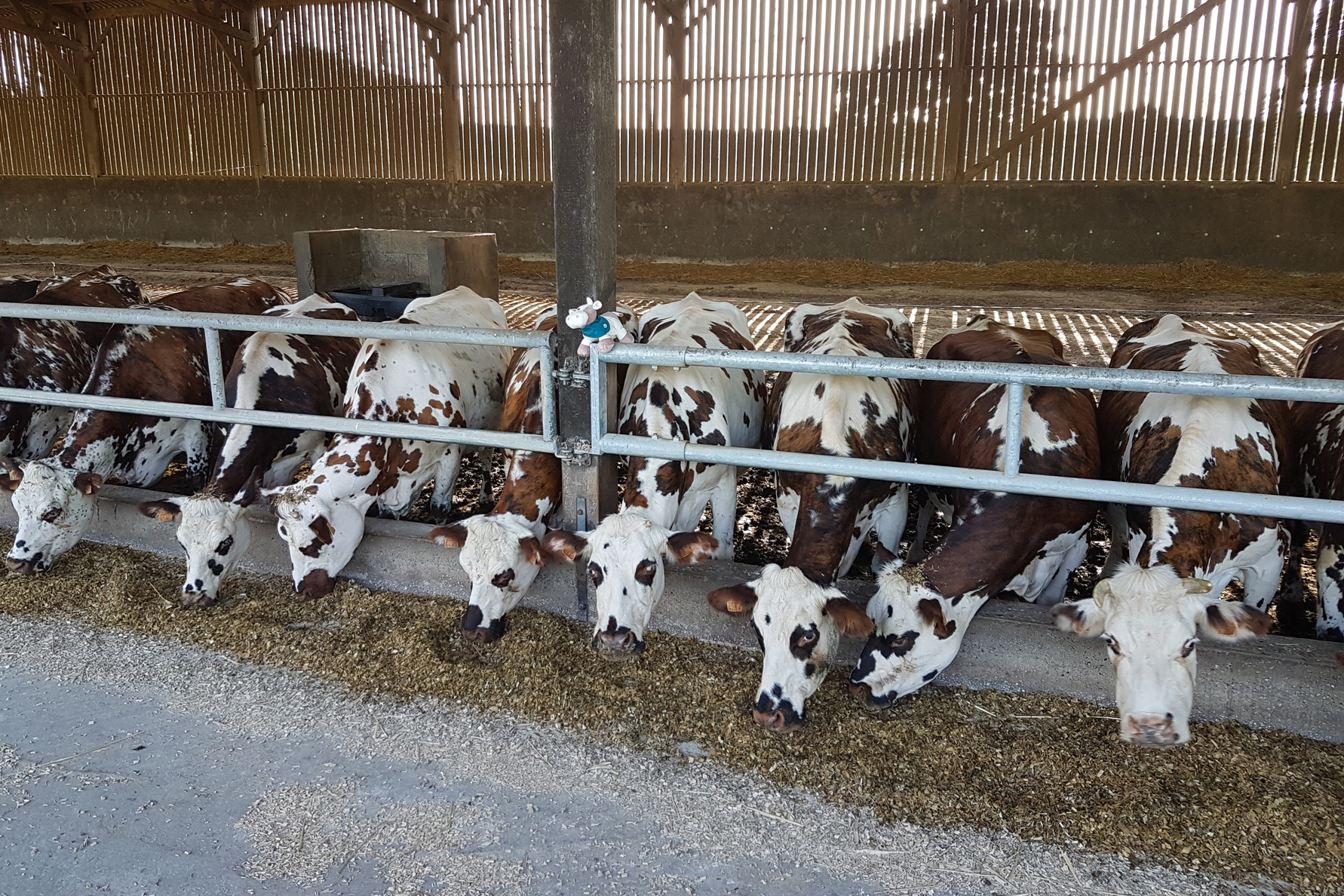

Thousands of dairy cows produce their white gold on a daily basis. This is no mean feat, but one that only healthy, stable cows can perform in the long term. This is why, particularly in the case of dairy cows, better animal welfare equals better health, which in turn equals better performance. Here are the most important animal welfare parameters for dairy cows.
Udder health. Udder disease can result in massive economic loss and insurmountable costs. In order to prevent disease, farmers must be able to detect any deterioration in their herd’s health quickly. In most cases, we are only aware of the direct costs of veterinary treatment and medication. Additional costs arise from unusable milk and are incurred as a result of treatment, management, separate milking, increased restocking and problems in subsequent lactation. A major indicator for assessing udder health is the somatic cell content of the milk. Many risk factors, including poor barn hygiene, increase the somatic cell count. However, feed additives can help reduce the somatic cell content.
Cow comfort. Just as in the case of athletes, it is important that dairy cows avoid joint injuries, such as those of the hock and the knee, and broken ribs. More comfort, for example through outdoor lying areas in the exercise pen, ensures that the animals can lie down and rise with greater ease and without hindrance, and assume their natural lying position without incurring injury. In addition, animals should be provided with easily accessible resting, feeding, drinking and exercise areas. This also prevents soiling and skin injuries.
Lameness. This is often caused by a variety of hoof injuries or diseases, and has a significant impact on the animals’ natural behaviour and welfare. In any case, it is very painful and frequently one of the main causes of premature death. Detecting it early on and taking appropriate preventive measures increase the chances of recovery.
Social behaviour. Cows are herd animals that have an established hierarchy. They have a need for physical and social contact, which they normally express through mutual grooming. Additionally, they need a well-planned barn with exercise and resting areas, enough space and tranquillity to express their social behaviour.
Metabolism. The many breeding successes over the last few decades have resulted in significant increases in performance, but also in major challenges. A case in point is an increase in the risk of metabolic diseases such as ketosis and ruminal acidosis due to the different needs. In addition to feed management, this is precisely where the right feed additives can make a great difference.